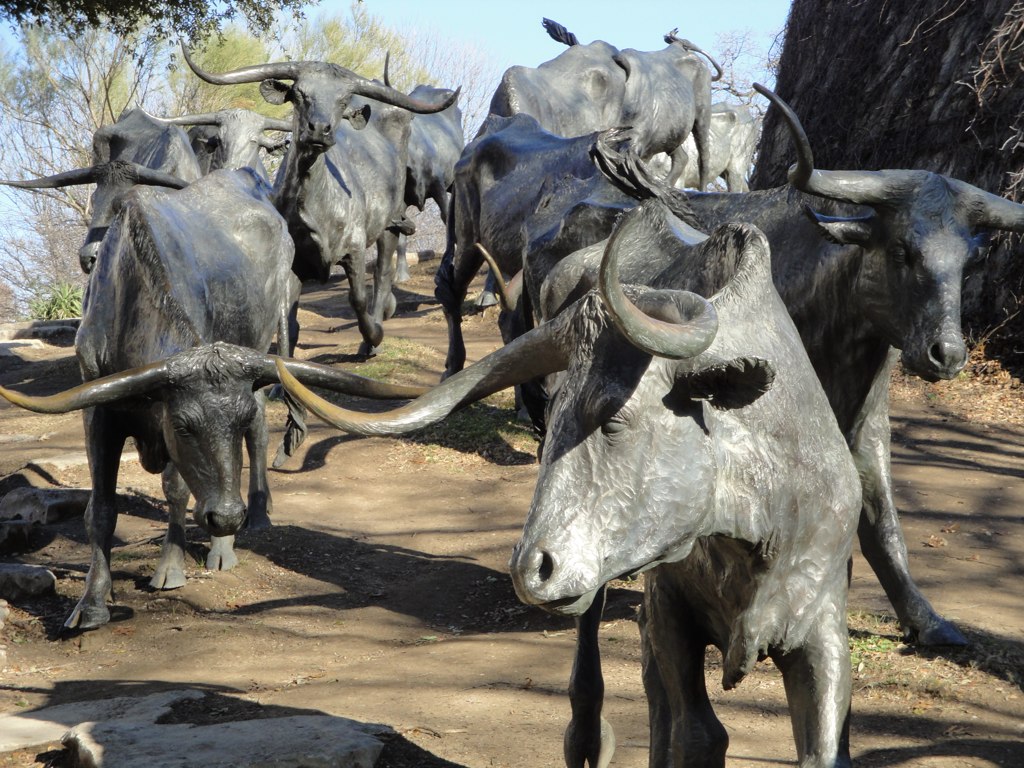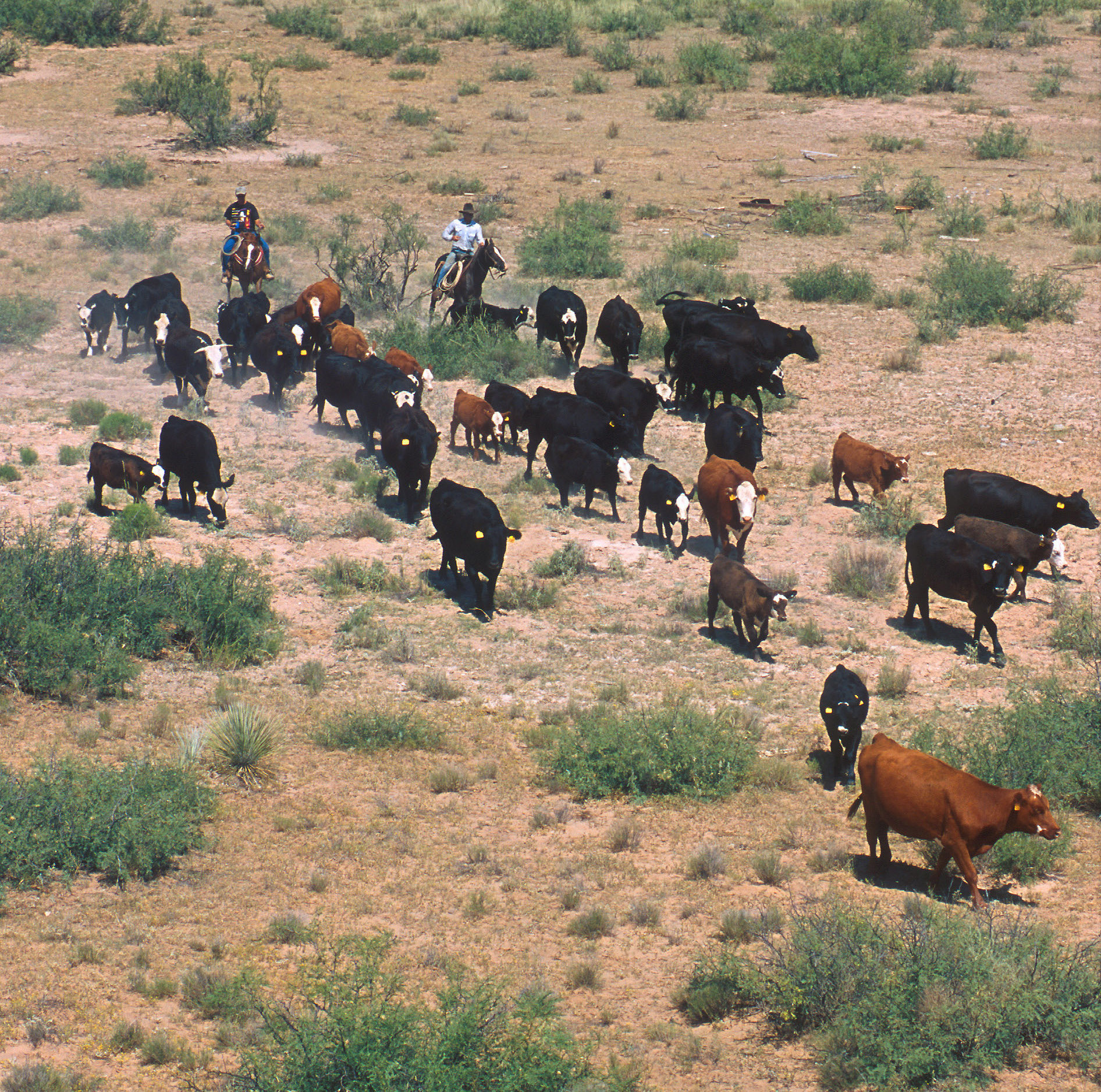|
Shawnee (Oklahoma)
Shawnee ( sac, Shânîheki) is a city in Pottawatomie County, Oklahoma, United States. The population was 29,857 in 2010, a 4.9 percent increase from the figure of 28,692 in 2000. The city is part of the Oklahoma City-Shawnee Combined Statistical Area; it is also the county seat of Pottawatomie County and the principal city of the Shawnee Micropolitan Statistical Area. With access to Interstate 40, Shawnee is approximately 45 minutes east of downtown Oklahoma City. To the east and northeast, Shawnee is 112 miles from the McClellan-Kerr Arkansas River Navigation System, which provides shipping barge access to the Gulf of Mexico. History The area surrounding Shawnee was settled after the American Civil War by a number of tribes that the federal government had removed to Indian Territory. The Sac and Fox originally were deeded land in the immediate area but were soon followed by the Kickapoo, Shawnee, and Pottawatomi Indians. These federally recognized tribes continue to reside ... [...More Info...] [...Related Items...] OR: [Wikipedia] [Google] [Baidu] |
City
A city is a human settlement of notable size.Goodall, B. (1987) ''The Penguin Dictionary of Human Geography''. London: Penguin.Kuper, A. and Kuper, J., eds (1996) ''The Social Science Encyclopedia''. 2nd edition. London: Routledge. It can be defined as a permanent and densely settled place with administratively defined boundaries whose members work primarily on non-agricultural tasks. Cities generally have extensive systems for housing, transportation, sanitation, utilities, land use, production of goods, and communication. Their density facilitates interaction between people, government organisations and businesses, sometimes benefiting different parties in the process, such as improving efficiency of goods and service distribution. Historically, city-dwellers have been a small proportion of humanity overall, but following two centuries of unprecedented and rapid urbanization, more than half of the world population now lives in cities, which has had profound consequences for g ... [...More Info...] [...Related Items...] OR: [Wikipedia] [Google] [Baidu] |
Dawes Act
The Dawes Act of 1887 (also known as the General Allotment Act or the Dawes Severalty Act of 1887) regulated land rights on tribal territories within the United States. Named after Senator Henry L. Dawes of Massachusetts, it authorized the President of the United States to subdivide Native American tribal communal landholdings into allotments for Native American heads of families and individuals. This would convert traditional systems of land tenure into a government-imposed system of private property by forcing Native Americans to "assume a capitalist and proprietary relationship with property" that did not previously exist in their cultures. The act allowed tribes the option to sell the lands that remained after allotment to the federal government. Before private property could be dispensed, the government had to determine "which Indians were eligible" for allotments, which propelled an "official search for a federal definition of Indian-ness." Although the act was passed i ... [...More Info...] [...Related Items...] OR: [Wikipedia] [Google] [Baidu] |
Quakers
Quakers are people who belong to a historically Protestant Christian set of denominations known formally as the Religious Society of Friends. Members of these movements ("theFriends") are generally united by a belief in each human's ability to experience the light within or see "that of God in every one". Some profess a priesthood of all believers inspired by the First Epistle of Peter. They include those with evangelical, holiness, liberal, and traditional Quaker understandings of Christianity. There are also Nontheist Quakers, whose spiritual practice does not rely on the existence of God. To differing extents, the Friends avoid creeds and hierarchical structures. In 2017, there were an estimated 377,557 adult Quakers, 49% of them in Africa. Some 89% of Quakers worldwide belong to ''evangelical'' and ''programmed'' branches that hold services with singing and a prepared Bible message coordinated by a pastor. Some 11% practice ''waiting worship'' or ''unprogramme ... [...More Info...] [...Related Items...] OR: [Wikipedia] [Google] [Baidu] |
Texas Road
The Texas Road, also known as the Shawnee Trail, Sedalia Trail, or Kansas Trail, was a major trade and emigrant route to Texas across Indian Territory (later Oklahoma, Kansas, and Missouri). Established during the Mexican War by emigrants rushing to Texas, it remained an important route across Indian Territory until Oklahoma statehood. The Shawnee Trail was the earliest and easternmost route by which Texas Longhorn cattle were taken to the north. It played a significant role in the history of Texas, Oklahoma, Missouri, and Kansas in the early and mid-1800s. The Shawnee Trail route "Of the principal routes by which Texas Longhorn cattle were taken afoot to railheads to the north, the earliest and easternmost was the Shawnee Trail. Used before and just after the Civil War, the Shawnee Trail gathered cattle from east and west of its main stem, which passed through Austin, Waco, and Dallas. It crossed the Red River at Rock Bluff, near Preston, and led north along the eastern edge ... [...More Info...] [...Related Items...] OR: [Wikipedia] [Google] [Baidu] |
Cattle Drives In The United States
Cattle drives were a major economic activity in the 19th and early 20th century American West, particularly between 1850s and 1910s. In this period, 27 million cattle were driven from Texas to railheads in Kansas, for shipment to stockyards in Louisiana and points east. The long distances covered, the need for periodic rests by riders and animals, and the establishment of railheads led to the development of "cow towns" across the frontier. Due to the extensive treatment of cattle drives in fiction and film, the horse has become the worldwide iconic image of the American West, where cattle drives still occur.Skaggs, Jimmy M. ''The Cattle-Trailing Industry: Between Supply and Demand, 1876–1890'' (University Press of Kansas, 1973) Movement of cattle Cattle drives represented a compromise between the desire to get cattle to market as quickly as possible and the need to maintain the animals at a marketable weight. While cattle could be driven as far as in a single day, they would ... [...More Info...] [...Related Items...] OR: [Wikipedia] [Google] [Baidu] |
Citizen Potawatomi Nation
Citizen Potawatomi Nation is a federally recognized tribe of Potawatomi people located in Oklahoma. The Potawatomi are traditionally an Algonquian-speaking Eastern Woodlands tribe. They have 29,155 enrolled tribal members, of whom 10,312 live in the state of Oklahoma. Government The Citizen Potawatomi Nation is headquartered in Shawnee, Oklahoma. Their tribal jurisdictional area is in Cleveland and Pottawatomie Counties, Oklahoma. Of the 37,264 enrolled members, 10,312 live within the state of Oklahoma. They have their housing authority and issue tribal vehicle tags. Enrollment in the tribe is based on lineal descent; that is to say, the tribe has no minimum blood quantum. Current administration Executive Branch: *Chairman: John A. Barrett *Vice Chairman: Linda Capps *Secretary/Treasurer: D. Wayne Trousdale Legislative Branch: *District #1: Alan Melot, Joplin, MO *District #2: Eva Marie Carney, Arlington, VA *District #3: Robert Whistler, Bedford, TX *District #4: Jon Bou ... [...More Info...] [...Related Items...] OR: [Wikipedia] [Google] [Baidu] |
Absentee-Shawnee Tribe Of Indians
The Absentee Shawnee Tribe of Indians of Oklahoma (or Absentee Shawnee) is one of three federally recognized tribes of Shawnee people. Historically residing in what became organized as the upper part of the Eastern United States, the original Shawnee lived in the large territory now made up of Pennsylvania, Kentucky, Tennessee, Ohio, Indiana, Illinois, and neighboring states. In total, they occupied and traveled through lands ranging from Canada to Florida, and from the Mississippi River to the eastern continental coast. After Indian Removal, most of the people settled in Indian Territory (now the state of Oklahoma). In contemporary times, the Absentee Shawnee Tribe reorganized their government in 1936 and became federally recognized; their headquarters is in Shawnee, Oklahoma. Their tribal jurisdiction area includes land in Oklahoma in both Cleveland and Pottawatomie counties. The other federally recognized tribes are the Shawnee Tribe and the Eastern Shawnee Tribe of Oklahom ... [...More Info...] [...Related Items...] OR: [Wikipedia] [Google] [Baidu] |
Kickapoo Tribe Of Oklahoma
The Kickapoo Tribe of Oklahoma is one of three federally recognized Kickapoo tribes in the United States. There are also Kickapoo tribes in Kansas, Texas, and Mexico. The Kickapoo are a Woodland tribe, who speak an Algonquian language.Kuhlman, Annette.Kickapoo", ''Encyclopedia of Oklahoma History and Culture'' published by the Oklahoma Historical Society. (accessed October 6, 2013) They are affiliated with the Kickapoo Traditional Tribe of Texas, the Kickapoo Tribe in Kansas, and the Mexican Kickapoo. Government The Kickapoo Tribe of Oklahoma is headquartered in McLoud, Oklahoma, and their tribal jurisdictional area is in Oklahoma, Pottawatomie, and Lincoln Counties. Of the 2,630 enrolled tribal members, 1,856 live within the state of Oklahoma. Membership to the tribe requires a minimum blood quantum of 1/4 Kickapoo descent. The tribe's Chairman is Darwin Kaskaske., [...More Info...] [...Related Items...] OR: [Wikipedia] [Google] [Baidu] |
Sac And Fox Nation
The Sac and Fox Nation (Fox language, ''Mesquakie'' language: ''Othâkîwaki / Thakiwaki'' or ''Sa ki wa ki'') is the largest of three federally recognized tribes, federally recognized tribes of Sauk people, Sauk and Meskwaki, Meskwaki (Fox) American Indians in the United States, Indian peoples. Originally from the Lake Huron and Lake Michigan area, they were forcibly relocated to Oklahoma in the 1870s and are predominantly Sauk. The "Sac and Fox OTSA" is the Oklahoma Tribal Statistical Area, land area in Oklahoma governed by the tribe. The two other Sac and Fox tribes are the Sac and Fox Tribe of the Mississippi in Iowa and the Sac and Fox Nation of Missouri in Kansas and Nebraska. The Sac and Fox tribes have historically been closely allied, and continue to be in the present day. They speak very similar Algonquian languages, which are sometimes considered to be two dialects of the same language, rather than separate languages. ''Thakiwaki'' and ''Sa ki wa ki'' mean "people com ... [...More Info...] [...Related Items...] OR: [Wikipedia] [Google] [Baidu] |
Indian Territory
The Indian Territory and the Indian Territories are terms that generally described an evolving land area set aside by the Federal government of the United States, United States Government for the relocation of Native Americans in the United States, Native Americans who held aboriginal title to their land as a sovereign independent state. In general, the tribes ceded land they occupied in exchange for Land grant#United States, land grants in 1803. The concept of an Indian Territory was an outcome of the US federal government's 18th- and 19th-century policy of Indian removal. After the Indian Territory in the American Civil War, American Civil War (1861–1865), the policy of the US government was one of Cultural assimilation of Native Americans#Americanization and assimilation (1857–1920), assimilation. The term ''Indian Reserve (1763), Indian Reserve'' describes lands the Kingdom of Great Britain, British set aside for Indigenous tribes between the Appalachian Mountains and t ... [...More Info...] [...Related Items...] OR: [Wikipedia] [Google] [Baidu] |
American Civil War
The American Civil War (April 12, 1861 – May 26, 1865; also known by other names) was a civil war in the United States. It was fought between the Union ("the North") and the Confederacy ("the South"), the latter formed by states that had seceded. The central cause of the war was the dispute over whether slavery would be permitted to expand into the western territories, leading to more slave states, or be prevented from doing so, which was widely believed would place slavery on a course of ultimate extinction. Decades of political controversy over slavery were brought to a head by the victory in the 1860 U.S. presidential election of Abraham Lincoln, who opposed slavery's expansion into the west. An initial seven southern slave states responded to Lincoln's victory by seceding from the United States and, in 1861, forming the Confederacy. The Confederacy seized U.S. forts and other federal assets within their borders. Led by Confederate President Jefferson Davis, ... [...More Info...] [...Related Items...] OR: [Wikipedia] [Google] [Baidu] |
.jpg)






